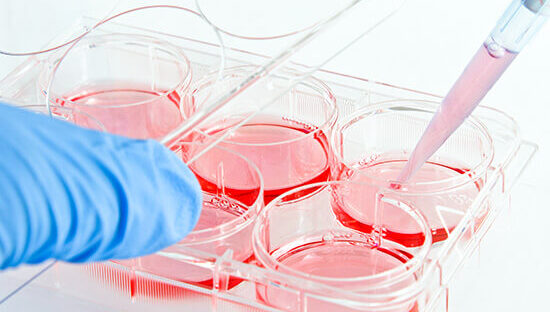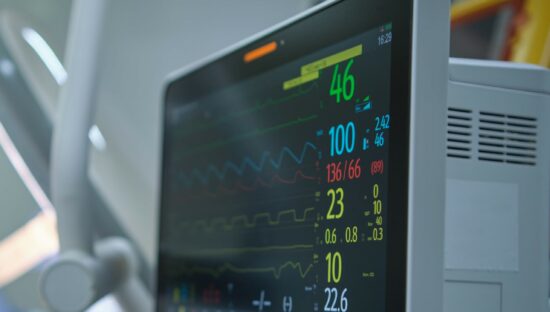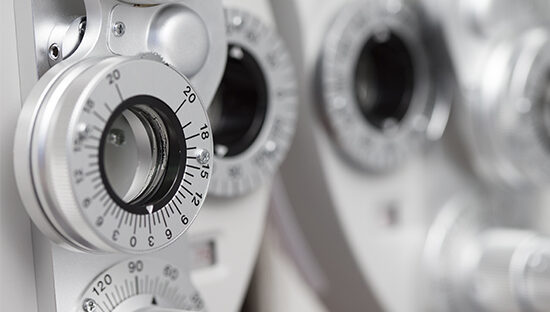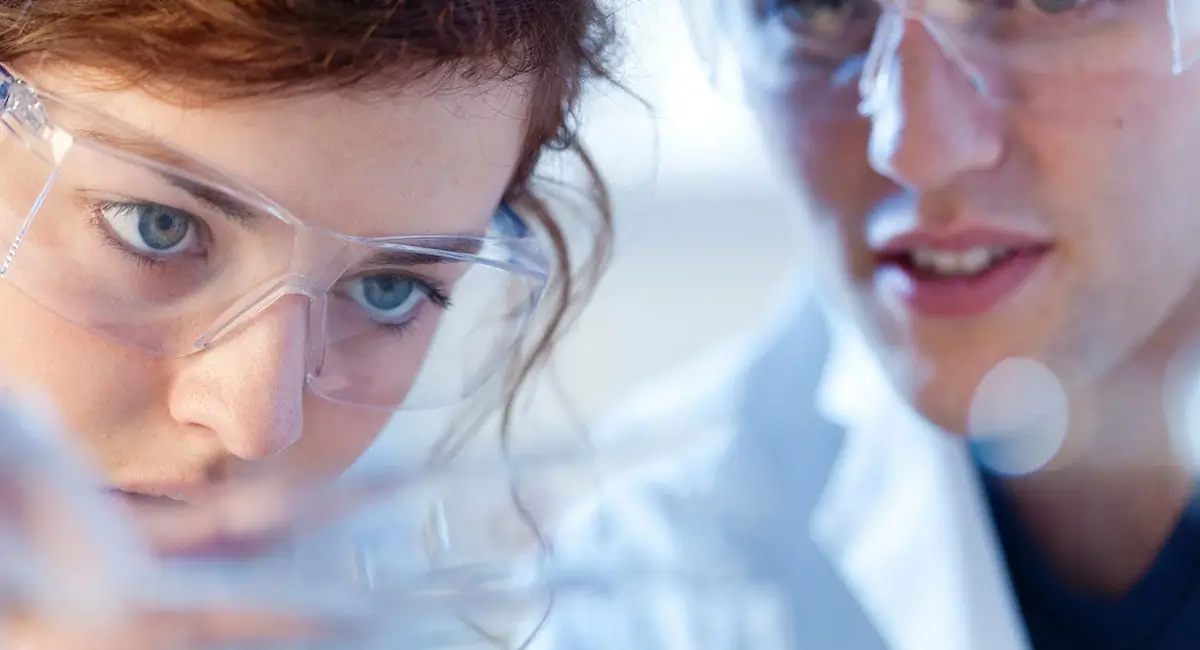
Why was the Good Laboratory Practice Introduced?
Prior to 1976, scientists were trusted to provide complete, accurate and unbiased data which could be submitted to authorities without question. However, changes to regulations were brought about after a case in the US against a major drug and chemical company identified several serious flaws including false and completely fabricated records. The US FDA then discovered that this was not restricted to just one company. As a result, the US FDA developed a Code of Practice (GLP for Non-clinical Laboratory Studies) for the industry to promote the quality and validity of test data.
In 1978 the Organisation for Economic Co-operation and Development (OECD) was established to be the expert group on GLP. Although led by the US, there was also representation from 17 of its member countries, the Commission of the European Communities, the World Health Organisation (WHO) and the International Organisation for Standardisation (ISO). Using the basis of the GLP regulations published by the US, they developed the OECD Principles of Good Laboratory Practice, which was then formally recommended globally for use in 1981. 15 years later, another expert group, led by Germany was established to review and update the Principles of GLP to account for the scientific and technical progress that had been made in the field of safety testing. These principles are now within national law in many countries.
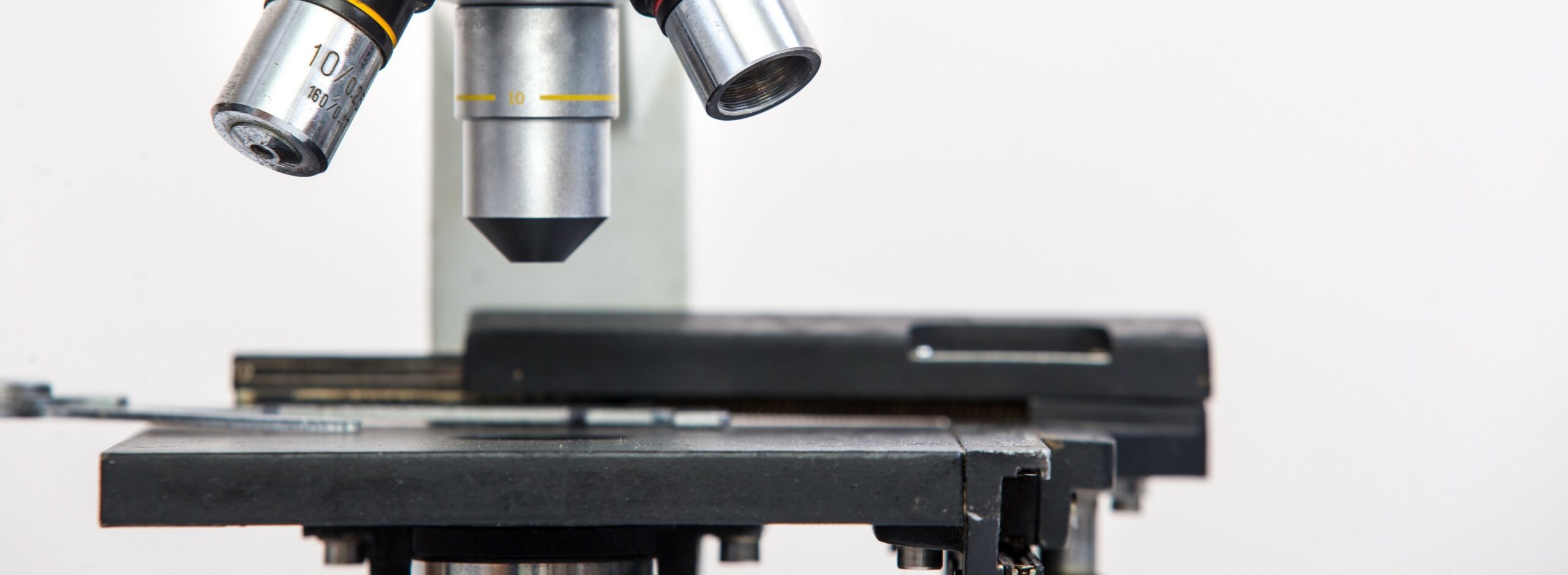
What are the Principles of Good Laboratory Practice?
Good Laboratory Practice is a defined set of principles to be implemented in a quality management system by an organisation (test facility) completing non-clinical health and environmental safety studies. It outlines how studies should be planned, performed, monitored, recorded, archived, and reported. The principles of GLP state the requirements for the following components:
- Roles and responsibilities for those involved with GLP studies including the Test Facility Management, Study Director, Principal Investigator, Study Personnel and Quality Assurance Personnel
- The Quality Assurance (QA) programme
- The facility including archiving and waste disposal
- Apparatus, materials, reagents, test systems, and test/reference items
- Standard Operating Procedures (SOPs)
- The performance of the study and reporting of the results
- Storage and retention of the records and materials
What Does It Mean If a Study Is Conducted Under GLP?
In order to state that a study has been conducted under GLP, it must be completed by a test facility who belongs to an appropriate compliance monitoring programme and ensures that the study performed conforms to the principles GLP. A key component of a GLP system is the requirements for the QA department, who independently monitors the entire study. This includes verifying that all written procedures including the study protocol are followed correctly and the report accurately represents the results produced.
By conducting a study under the principles of GLP, it provides the assurance that the study has been performed exactly as described in the study protocol (which is approved by the Study Director and the Sponsor/customer). It also gives confidence that the results reported are accurately represented. Due to GLP being accepted in many countries across the globe, it means that when a study is performed under GLP it allows for mutual acceptance of data among countries, meaning that duplicative testing can be avoided, thereby saving time and resources.
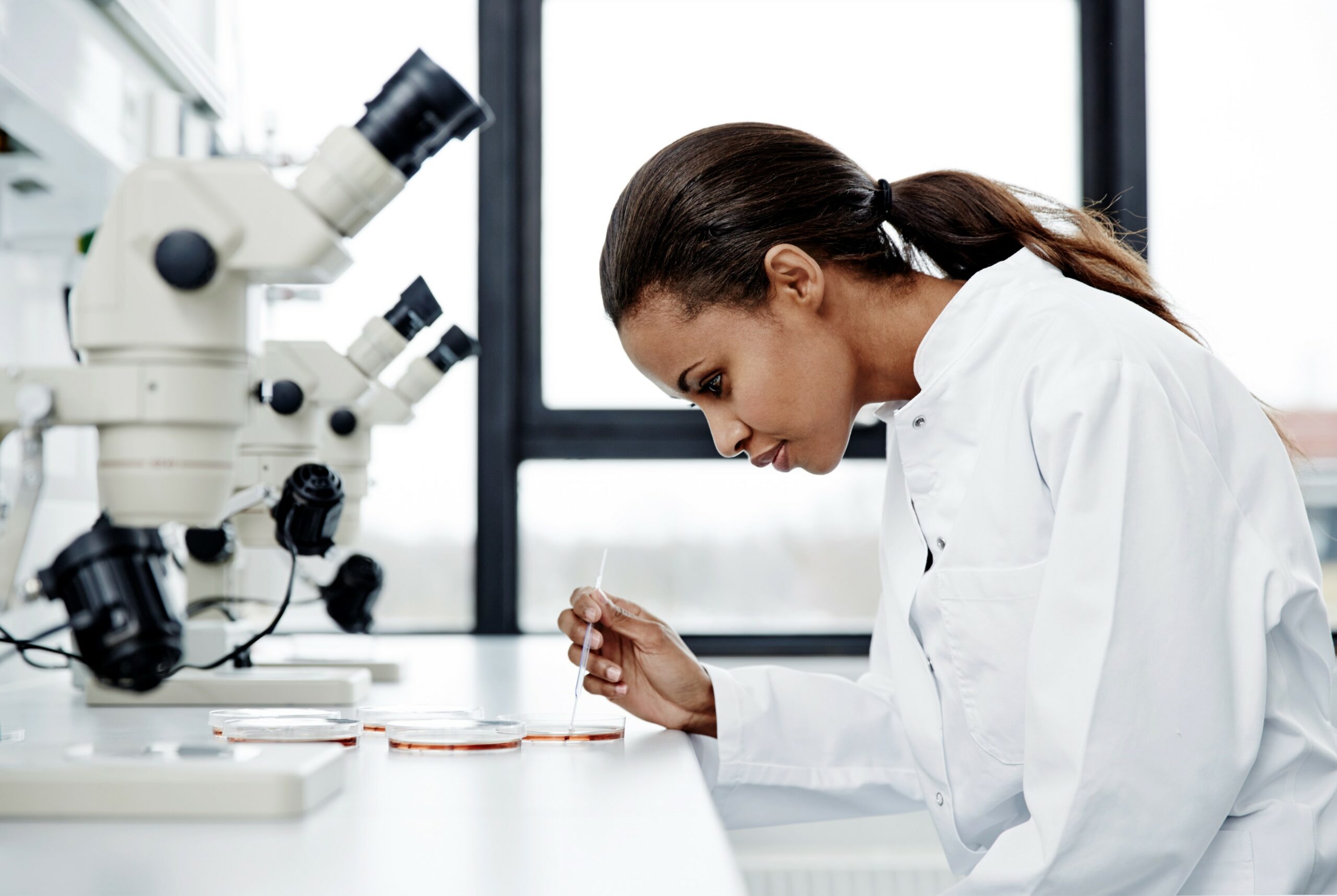
What is the difference between GLP, GCP, GMP and ISO 17025?
Although GLP is most commonly associated with the pharmaceutical industry, it actually applies to many other areas relating to safety in the health or environment field. The key point is to remember that GLP is specifically designed to protect scientific data integrity for studies and testing which are non-clinical. This leads onto clinical studies which are then governed by Good Clinical Practice (GCP) as well as other regulations intended to ensure the protection of human participates such as the Declaration of Helsinki. One key difference is the role and responsibility of the Study Director who is a single point of contact who has overall responsibility for a GLP study, whereas GCP studies do not have this role and the overall responsibility including maintaining QA for clinical studies resides with the Study Sponsor.
Next there is Good Manufacturing Practice (GMP) which is intended to demonstrate if individual batches of a regulated product meet the manufacturing pre-defined criteria. This means that GMP should apply to the entire drug manufacturing process, whereas GLP should be applied specifically to the safety testing phase.
Lastly, ISO/IEC 17025 is a quality management system standard which is also internationally recognised. However, the aim of this standard is to demonstrate that a testing and/or calibration laboratory has the technical competence and the ability to generate technically valid results for a defined scope, specified by their schedule of accreditation.


